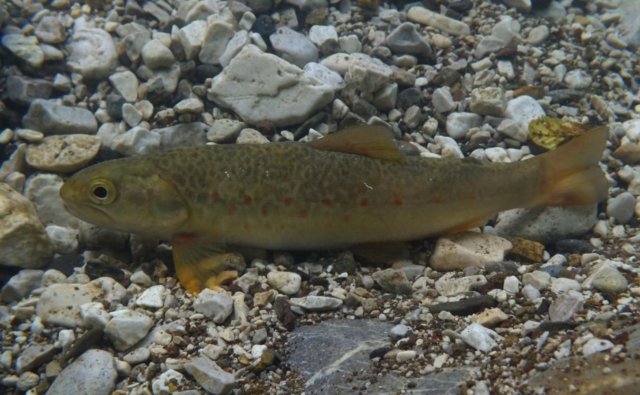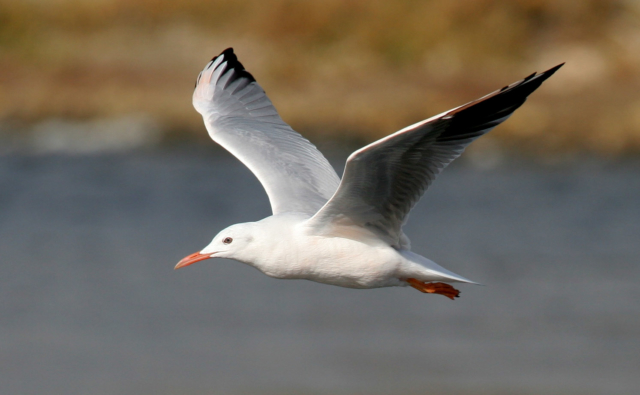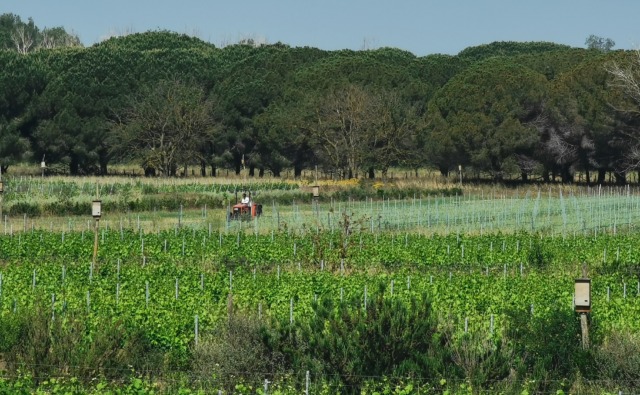Since the end of the 2000s, the Common Crane (Grus grus), whose range extends from western Europe to eastern Russia, has expanded its range significantly in the Camargue where it had been very rare before, or even almost absent.
Counted every year in winter since 2003-2004 by a network of birdwatchers coordinated by the Tour du Valat at a dozen sites in the Grande Camargue and the Camargue Gardoise, the number of wintering Cranes has increased very rapidly.
From a few dozen individuals at the most between the 1950s and the early 2000s, the number of Cranes increased to 200 birds in early 2004, 300 in 2006, 3,600 in 2012, over 14,000 in 2017, and approximately 15,500 in January 2018.
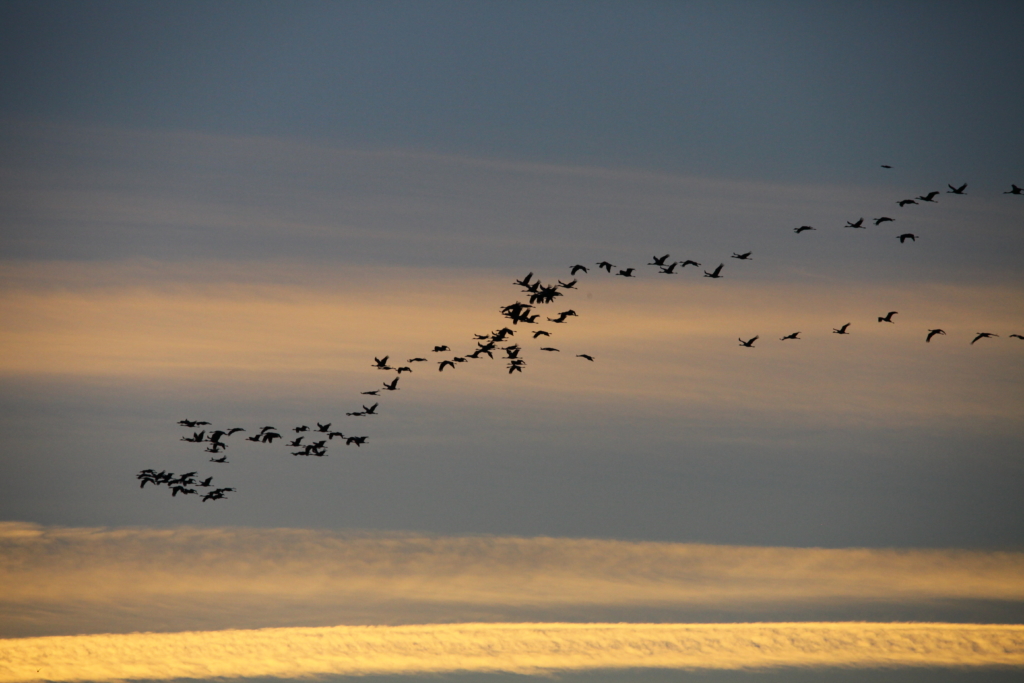
In less than a decade, the Camargue has become a site of major importance for the wintering of Common Cranes in Europe, during the period extending from November to early March.
This trend is probably directly linked to the sharp increase in the number of Cranes that use the western European flyways to travel between their southern wintering sites and their breeding sites, most of which are located in northern Europe (Finland, Denmark, and Germany). Whereas approximately 35,000 birds were observed in this flyway in the early 1980s, this number had grown to 350,000 (nearly ten times more) in 2015.
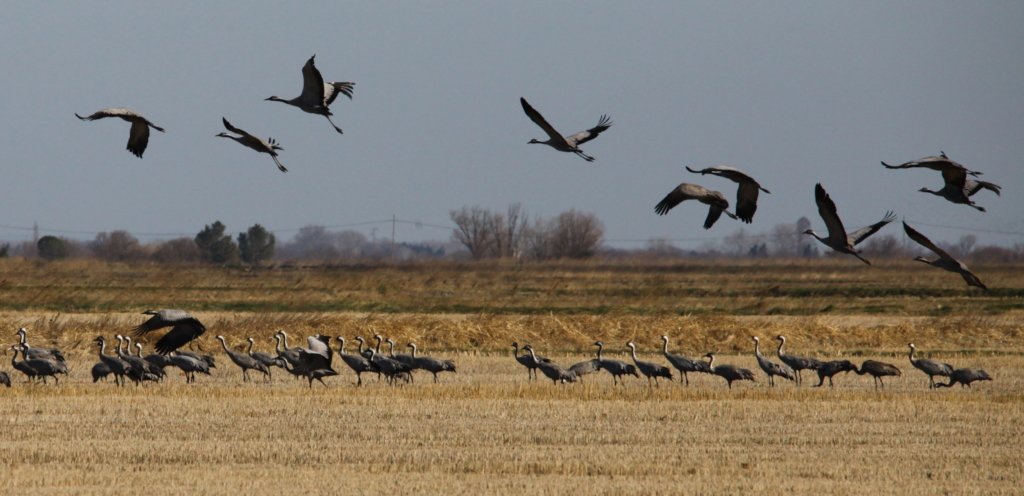
As is the case in the other wintering sites, most of the Cranes that stop in the Camargue make use of the large areas of farmland in the region, particularly the rice fields that dry out during the winter, whereas the natural habitats (sansouïres) are not much utilised. It is nonetheless plausible that in upcoming years, the current changes in terms of land use in the Camargue, which are detrimental to rice farming, but profitable to market garden crops that are not attractive to Cranes, will ultimately put an end to the expansion of the species in the Rhone Delta in winter.
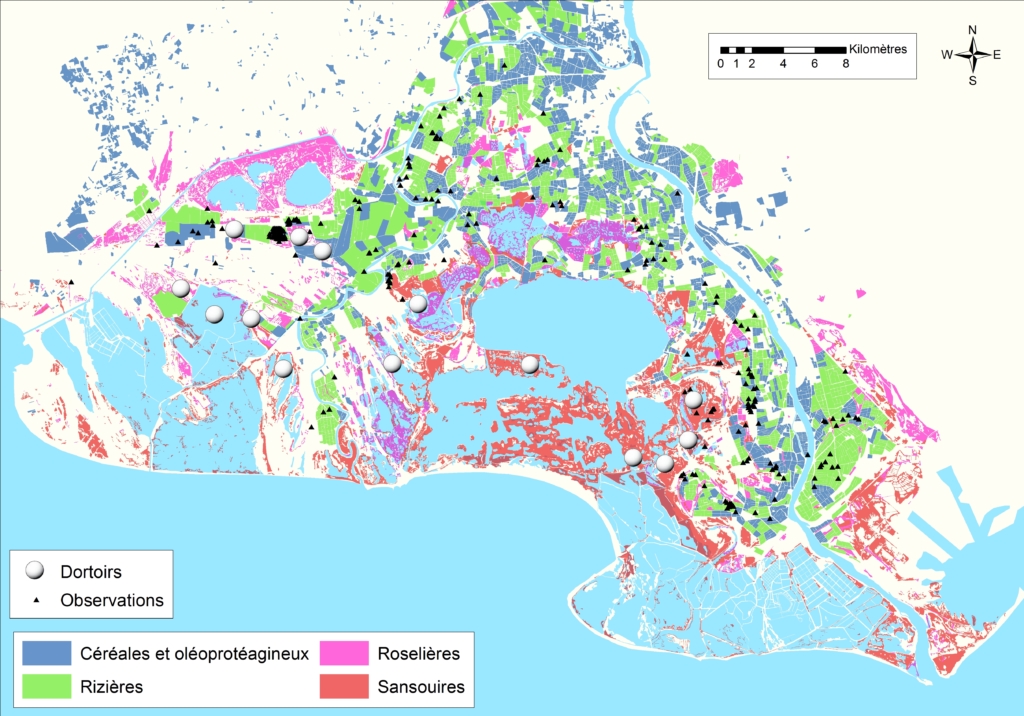
However, due to the numerous wetlands in the Camargue with an excellent level of protection, and which are very attractive roosts for Cranes, it is likely that the species will be present there in the winter for a long time, and Cranes will become as common as they have been in north-eastern France for several decades.
Bibliographical reference: Kayser Y., Gauthier-Clerc M., Blanchon T., Vandewalle P., Befeld S., Petit J., Tiné R., Flitti A. & Champagnon J. (2018). L’hivernage de la Grue cendrée Grus grus en Camargue : historique et statut récent. Ornithos 25-1 : 4-13 (publication in the spring of 2018)
